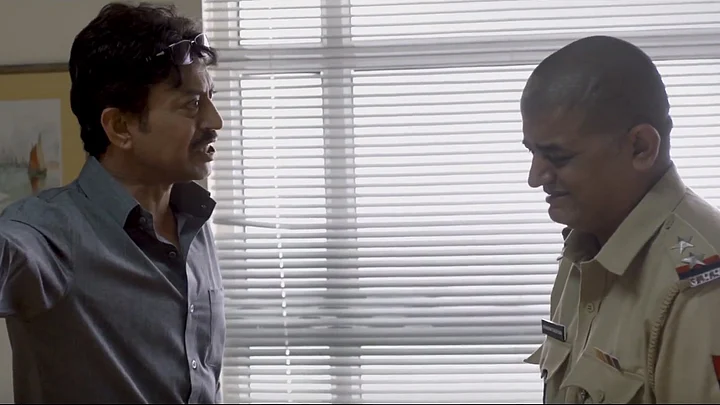From what I’ve heard from filmmakers, there’s nothing more inviting and challenging for a discerning director than to retell a fascinating real life event. After all, truth is stranger than fiction and more inspiring too. But adapting a real life event or incident along with real characters, come with their own legal complications.
The Jessica Film
On the face of it no one knows what exactly happened at Aarushi Talwar’s home in Noida in the night between 15 to 16 May, 2008. It’s a bit like the headline - ‘No One Killed Jessica’ used by The Times of India in a report, when all the accused were initially let off in the Jessica Lal murder case. Except that Jessica was shot in the middle of a full blown party in Delhi attended by the capital’s movers and shakers. When Raj Kumar Gupta decided to write No One Killed Jessica (2011), his primary source of information and research was Jessica’s sister, Sabrina Lal.
The film also plays out mostly from Sabrina’s point of view. The writing involved hour long meetings with Sabrina over days, besides going through the First Information Reports filed in the case, judgement reports and of course the sting operation carried out by Tehelka, which led to Manu Sharma’s conviction. As a writer, for Raj Kumar Gupta, here was a case where justice had been meted out, since the Supreme Court too upheld Sharma’s conviction in 2010. There were no two sides to this story.
The Aarushi Film
In the Aarushi-Hemraj double murder case, as per reports there were only four people in the house at the time of the murder. Two of them were dead, and the two who were alive are now in jail, charged with murder. What began as an open-and-shut case before Hemraj’s dead body was discovered, became a murky labyrinth of motives, conspiracies and assumptions which completely distorted what really played out on that fateful night.
There was only one way a writer and filmmaker could attempt to make sense of all the wild allegations, accusations and theories that cropped up every now and then about the double murder – and that way was to throw oneself in the middle of it all and get your hands dirty.
Vishal Bhardwaj says he got interested in the case when he accidentally happened to meet the first CBI investigative officer, Arun Kumar, who totally turned around Bhardwaj’s perception of the parent’s guilt. After she got a go-ahead from co-producer Bhardwaj, director Meghna Gulzar was the person on the ground doing all the research and interviewing the various first hand sources that were available on the Aarushi-Hemraj murders.
Besides going through the UP police’s First Information Reports, forensic reports, Meghna met with the police team that initially investigated the murders. She also met up with the two separate CBI teams that were appointed on the case. The Talvar team also met with relatives and family friends of the Talwars and eventually Rajesh and Nupur Talwar themselves at the Dasna jail.
Armed with all of Meghna’s research and understanding, Bhardwaj then proceeded to write the screenplay, for which he adopted Roshomon’s narrative style of putting forth contradictory accounts of the same event by different people. Despite having their own strong views about the way the case had played out, it was important for Meghna and Bhardwaj to attempt a neutral and balanced narrative of the different assumptions since the matter is still sub judice.
The 1993 Mumbai Blasts Film
Remember, Talvar was shot and ready before Avirook Sen’s book Aarushi released. Unlike in the case of another riveting film made on a real life event – Anurag Kashyap’s Black Friday, based on Hussain Zaidi’s book. The film effectively packs in the story of the 1993 serial bomb blasts in Mumbai in 167 minutes, thanks to Zaidi’s exhaustive investigative reportage which resulted in a detailed recording of the events before, during and after the terror attack.
Though shot and ready for release in 2004, Black Friday was allowed to release in Indian theatres only in 2007 by the Supreme Court after the verdict in the 1993 blasts case was delivered.
At one level it’s amusing how the real and the reel merge not only in the retelling of a compelling and intriguing real life incident, but also in the fear of the ubiquitous and mighty ‘system’ that is at the centre of these stories. During an interaction with the audience after a screening of Talvar recently, journalist Avirook Sen asked Bhardwaj – though he has taken on a lot of people with this film, why he didn’t want to take on the judiciary? Vishal’s reply, “I want to make more films in life.”
(At The Quint, we question everything. Play an active role in shaping our journalism by becoming a member today.)
